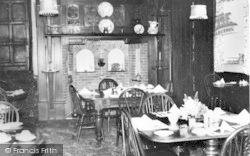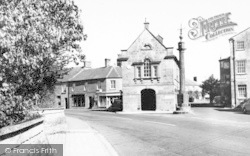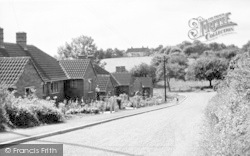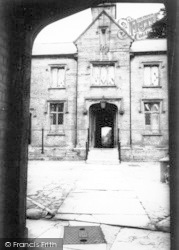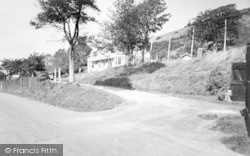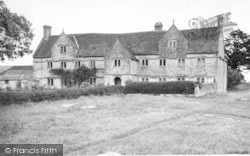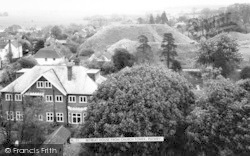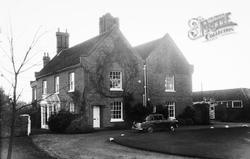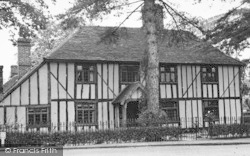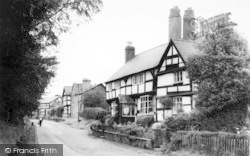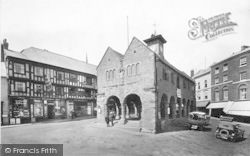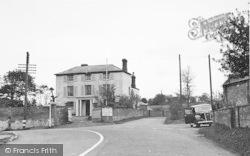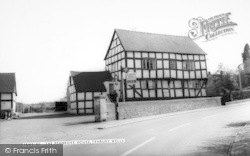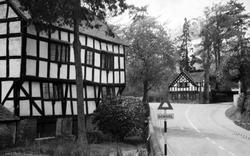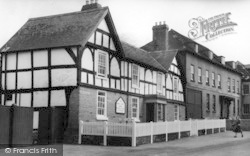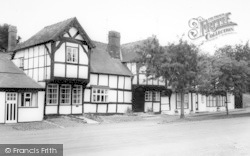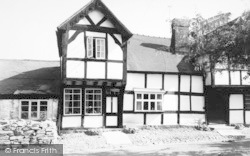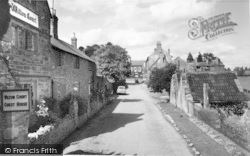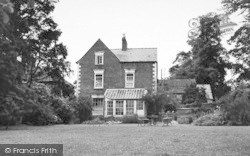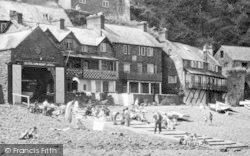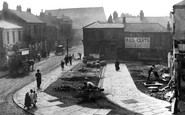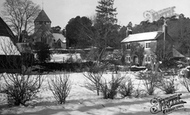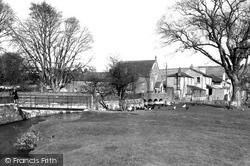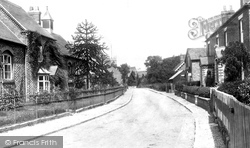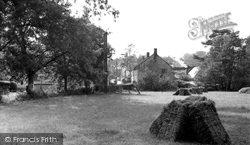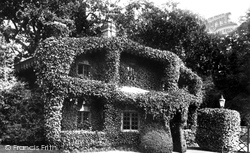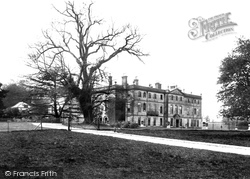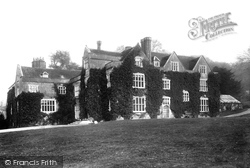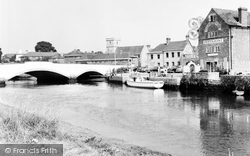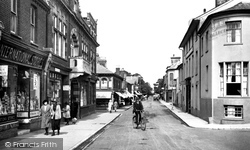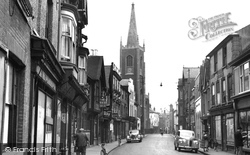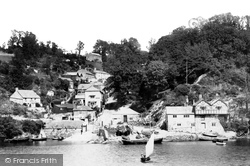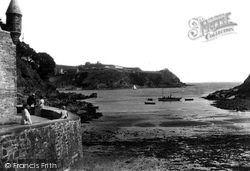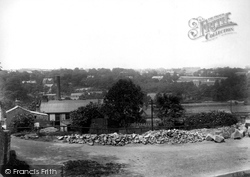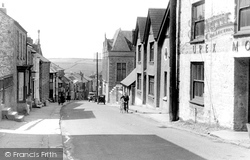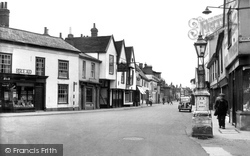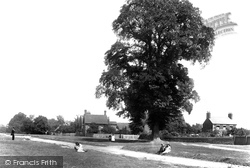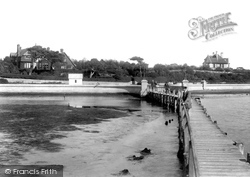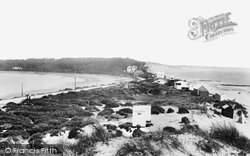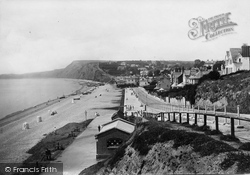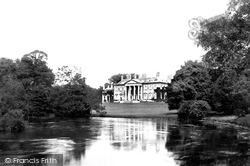Places
36 places found.
Those places high-lighted have photos. All locations may have maps, books and memories.
- Chatsworth House, Derbyshire
- Osborne House, Isle of Wight
- Brambletye House, Sussex
- Ickworth House, Suffolk
- Kingston Lacy House, Dorset
- Boscobel House, Shropshire
- Preshute House, Wiltshire
- Bolton Houses, Lancashire
- Brick Houses, Yorkshire
- Quaking Houses, Durham
- Water Houses, Yorkshire
- Bottom House, Staffordshire
- New House, Kent
- Mite Houses, Cumbria
- Lyneham House, Devon
- Church Houses, Yorkshire
- Dye House, Northumberland
- Spittal Houses, Yorkshire
- Street Houses, Yorkshire
- Tow House, Northumberland
- Halfway House, Shropshire
- Halfway Houses, Kent
- High Houses, Essex
- Flush House, Yorkshire
- White House, Suffolk
- Wood House, Lancashire
- Bank Houses, Lancashire
- Lower House, Cheshire
- Marsh Houses, Lancashire
- Chapel House, Lancashire
- Close House, Durham
- Guard House, Yorkshire
- Hundle Houses, Lincolnshire
- Hundred House, Powys
- Thorley Houses, Hertfordshire
- School House, Dorset
Photos
7,776 photos found. Showing results 2,241 to 2,260.
Maps
370 maps found.
Books
1 books found. Showing results 2,689 to 1.
Memories
10,360 memories found. Showing results 1,121 to 1,130.
Hill O Beath My Home
Hill of Beath was a great place to stay when I was young, running round streets playing cowboys with Brayan Snedon, Ross Mickey, playing football and training with the Haws, going to the little shop on Main Street and ...Read more
A memory of Hill of Beath in 1990 by
Some Berwick Memories
I was a Dutch student of English and spent my summer holidays at a farm at Berwick in the years 1959-61. The farm was run by John and Chris Buckland, their phone number was RIPE 393. I can't remember the name of the farm (if it ...Read more
A memory of Berwick in 1960 by
Marsala Road Ladywell The Prefabs
I was only a few months old when our family moved to 122 Marsala Road, Ladywell in 1949. I was ten years of age when we moved from Ladywell to Dartford in August 1959 but there are many different and varied things ...Read more
A memory of Lewisham in 1958 by
Mrs. Bleby Kirkly Park Road
My memory is of very happy days living at 35 Kirkly Park Road which was a children's nursery run by Mr and Mrs. Bleby when I was there from 1952 til 1957. There were around 20 of us children living there. Many of us like ...Read more
A memory of Lowestoft by
5 Uxbridge Road Ealing
My great great grandmother went here in 1901. Her name was Elizabeth Potter. I am trying to find out whether she was working for a family at this address or possibly if this was a boarding type house at the time. If anyone has any way of finding out, that would be much appreciated.
A memory of Ealing in 1900 by
Manchester Residential School Bollin Cross
I went to this school in 1977-80. I started in Hawthorn House and Mr Holland's class, he was a good teacher. Then moved next door to Beech House and Mrs Bowcock's classs. I know I wasn't abused there or ...Read more
A memory of Styal in 1977 by
Life In Prees
I have great memories of living in Prees from 1958-1968, my late husband's parents, Wright and Gladys Speed had lived in Primrose Lane in the village for many years. We moved into the house next door which is now the kennels. My husband ...Read more
A memory of Prees by
1960s Whitburn Memories
I have some lovely memories of staying with my auntie Madge Dale in Adolphus Street in Whitburn in the 1960s with my mum and dad. As a small child I used to sleep in a tiny attic bedroom where my mum Doris Goodall (who ...Read more
A memory of South Shields by
Tintwistle Days!
My recollections are from the mid 1950s to early 1960s. These were happy days wandering the Longdendale Valley and the Torside Reservoir, usually with guitar slung over my shoulder in the company of Olwen Brown, a local 'Tinsel' ...Read more
A memory of Tintwistle in 1956 by
Coldwaltham Cottage
I used to live at the neighbouring house, The White House, owned by a Miss Charman. She also owned the above cottage and rented it to the Charly Williams family. He was the local green grocer. There was Joe, Mrs. Harris and ...Read more
A memory of Coldwaltham in 1953 by
Your search returned a large number of results. Please try to refine your search further.
Captions
6,977 captions found. Showing results 2,689 to 2,712.
The chapel here dates back to the late 1700s, and it stands on the site of an old Dissenters' meeting house.
Here the brickwork of the houses has been used for a very decorative effect. Notice the already well-established monkey puzzle tree. These originally came from Chile.
Looking north-westwards from Lower Yonderover Farm, with hay-bales in Mill House paddock (foreground) and the sign for the Star Inn (centre), the River Brit skirts the edge of the
This entrance lodge to the house and gardens was private until the area was opened to the public for the first time in 1908.
This road is lined by the attractive semi-detached Russell-built houses of the 1930s.
This lodge survived the demolition of the house to form an entrance to a public park established after the death of H J Stone, when his wife sold the land to Romford Urban District Council
The Globe started life around 1280 as a row of five cottages, possibly built to house masons working on the church. Three of the cottages were converted to become the pub in 1675.
Built on the site of a palace of the Bishop of Bath and Wells, the present house dates from 1728.
At the time of this picture, Chawton House was occupied by Montagu Knight, grandson of Jane Austen's brother, Edward.
The other buildings are Bridge House and the Old Granary Restaurant (right).
A view of the High Street showing—on the left—the Town Hall of 1900, which housed Barclays Bank and the Post Office downstairs.
The 'half-timbered' Wheatsheaf public house on the left dates from the 1920s.
The house on the right is Ferryside, which just over 30 years later became the home of the famous writer Daphne du Maurier.
On the left, a fashionable party enjoys the prospects of distant Polruan from the terrace of Point Neptune House, built by William Rashleigh of Menabilly in the 1860s.
Within the Leeds city boundary most of the open areas between the townships gradually dispersed under an urban sprawl of industrial and housing development.
Within the Leeds city boundary most of the open areas between the townships gradually dispersed under an urban sprawl of industrial and housing development.
The beautiful row of thatched cottages has gone, to be replaced by a rather uninspiring three-gabled house, and uphill from it there is what appears to be a garage.
Looking in the opposite direction from the Coffee Tavern, this view of Hadleigh's High Street shows the George public house and, further down on the same side, the White Lion Hotel.
A magnificent oak tree dominates the common land and the pleasant nearby houses of this little hamlet on the southern outskirts of Rickmansworth, where, on land to the south-west, the famous Croxley
Both houses in this photograph survive. On the left is Shore Lodge, and on the right is Evening Hill Grange.
The huts have now been replaced by some of the world's most expensive houses.
Sir John Everett Millais painted his famous 'The Boyhood of Sir Walter Raleigh' while living at a house called The Octagon here in the late 1860s.
Situated to the south of the town, overlooking the Test, Broadlands is an imposing porticoed house remodelled in classical style by 'Capability' Brown and John Holland in the mid 18th century.
Rolle Street was named after the prominent family that lived at nearby Bicton House.
Places (80)
Photos (7776)
Memories (10360)
Books (1)
Maps (370)




